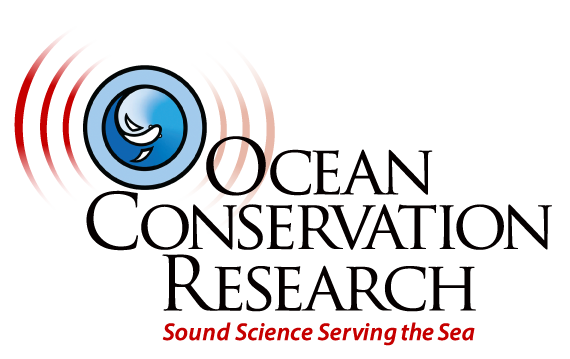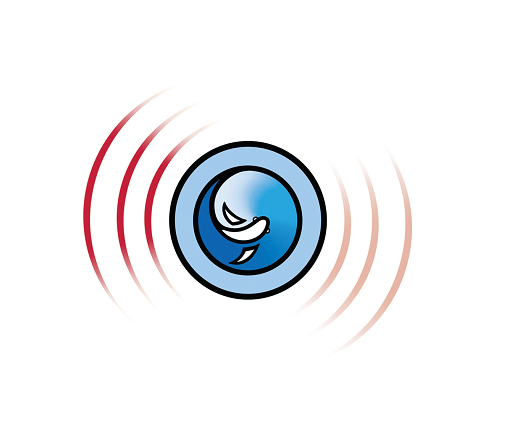In the inhospitable arctic marine environment sound recordings can be one of the only ways to study wildlife and their habitat. In one week you can hear whales, seals, and passing boats, as well as many unidentified noises that remain a mystery.
Hydrophones are set up and submerged to a desired depth to collect sounds, sometimes for months at a time. The recordings are the equivalent of setting up a microphone in the middle of a neighborhood or a forest. There are many overlapping sounds and the amount of activity changes over time.
After some time the hydrophones are retrieved and the recordings are analyzed. When the sounds are played back they can sound quite alien. At times they may be silent only to be followed by a cacophony of overlapping vocalizations from multiple species. And while these recordings are in our hearing range, there are many marine animals that can produce and hear sounds well beyond that range.
Audiographs of typical arctic wildlife vocalizations
Natural Arctic Sounds:
Simple Sounds:
How to Read an Audiograph:
In these audiographs the lower panel is a “spectrogram” with frequency on the “Y” Axis. The upper panel is an “audiogram” with the amplitude on the “Y” axis” Look closely at the shape of these audipographs of animal vocalizations. The “shape” of the sounds on the upper and lower panels often provides a clearer identifier of an animal’s presence than what we hear because often there are overlapping sounds or the vocalization is outside of our hearing range We can also “process” visual information faster because we can instantaneously see patterns in an audiograph that takes time to hear.Scientists will use amplitude, frequency, and playback speed to help them identify, isolate and analyze the qualities of marine animal vocalizations.
Macaulay Library Resource: How to read a Spectrogram
It has taken time to learn what to listen for and identify which animal is responsible for the noise. This process is slow because researchers have to match visual observations of animals with the location and timing of the sound recordings. As a result there are many sounds on these recordings that have yet to be identified!
We have included 5 days of recordings from the arctic, 120 hours of ocean soundscapes provided with audiographs so that you may see the various sounds as they occur. We’ve identified seals, whales and even some navy sonar hidden in these recordings.
While we were processing these sounds they were playing as “background music” in our office. This provided an interesting mood and allowed us to hear some really surprising events. If, while listening, you hear something particularly strange or noteworthy, please let us know in the comment area below the audiographs.
Much of the ocean is now being drowned in sound from shipping, seismic airguns, oil drilling and many other industrial and military operations. Many ocean animals have been showing signs of impacts with the growth of human activities in and on the ocean. Because of its weather, ice, and its unpredictability the Arctic Ocean has heretofore been left untouched – until recently.
Due to polar icecap melt the Artic is becoming increasingly accessible to all manner of human activities. The better we understand the biological habitat, the more likely we will be able to manage and mitigate the impacts of our presence in the Arctic.












